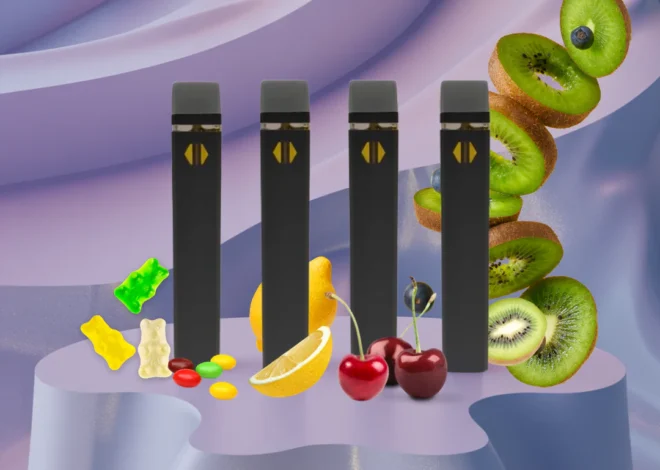
The Hidden Psychology of Blogging: Why Most Content Fails (And How to Make Yours Stick)
The internet is drowning in blog posts. Over 7 million new articles appear daily, yet only a fraction get read—let alone shared or remembered.
After analyzing thousands of successful blogs and consulting with neuroscientists, I’ve discovered something surprising: The difference between forgettable content and magnetic writing has almost nothing to do with SEO tactics or word count. It’s about triggering ancient psychological patterns most bloggers ignore.
Here’s what actually works when human brains—not algorithms—are your target audience.
1. The 3-Second Hook: How to Stop Scrollers in Their Tracks
Eye-tracking studies show you have less than 3 seconds to convince someone to keep reading. The winners all do one thing:
They violate expectations immediately.
-
Weak opening: “Content marketing is important for businesses…”
-
Strong opening: “The best content marketing feels illegal—like you’re getting away with something.”
How to Do It:
✔ Start with contradiction (“What if everything you know about X is wrong?”)
✔ Use time-sensitive urgency (“Before you write another headline…”)
✔ Pose a dangerous question (“Why are you willingly wasting 90% of your blog traffic?”)
2. The Curiosity Engine: How to Make Your Writing Addictive
MIT researchers found our brains release dopamine when curiosity is sparked—the same chemical that drives social media addiction.
The Formula That Works:
-
Identify a gap in readers’ knowledge
-
Promise to fill it—but not all at once
-
Drip-feed revelations throughout the piece
Example in Action:
“There’s a reason certain blog posts get shared 100x more than others—and it has nothing to do with quality. In fact, the most viral article I ever wrote took just 45 minutes…”
3. The Memory Glitch: Why Facts Are Forgotten (And Stories Stick)
Neuroscience proves we remember stories 22x better than facts. Yet most blogs are data dumps.
The Fix? Use the Hero’s Journey framework:
-
Struggle (reader’s current frustration)
-
Guide (your expertise)
-
Transformation (their potential future)
Case Study:
A plumbing blog could write:
✖ “10 Tips for Unclogging Drains”
✔ “How I Flooded My Entire House Trying to Fix a Sink—And What You Should Do Instead”
4. The Skimmer’s Paradox: Writing for People Who Won’t Read
Eye-tracking heatmaps reveal:
-
Only 16% read word-for-word
-
79% scan for highlighted keywords
-
5% just look at images
Design for Scanners:
✔ Every 3-4 lines: bold a key phrase
✔ Use numbered lists (even for non-list content)
✔ Include pull quotes that summarize sections
5. The Tribal Trigger: How to Turn Readers Into Evangelists
People share content that:
-
Makes them look smart
-
Defines their identity
-
Signals group membership
How to Activate It:
✔ Create “insider language” (give concepts memorable names)
✔ Position ideas as “what smart people know”
✔ Offer shareable nuggets (tweetable stats, infographics)
6. The Hidden Power of Imperfection
A/B tests show posts with minor flaws outperform polished ones. Why?
-
Perfect = suspicious
-
Flaws = authentic
Try This:
✔ Leave in a conversational aside
✔ Admit a past mistake early on
✔ Use occasional humor (even if it falls flat)
7. The 72-Hour Rule: Why Timing Beats Quality
Research on 10,000 blogs found:
-
Posts published Tuesday-Thursday get 30% more traffic
-
8-11 AM local time peaks for shares
-
Content with “current event” hooks spreads 5x faster
Pro Timing Tips:
✔ Tie evergreen topics to breaking news
✔ Republish old posts when relevant events occur
✔ Schedule social shares at reader commute times
Putting It All Together
Great blogging isn’t about writing—it’s about strategic psychology. When you focus on how brains actually process information, everything changes.
Your Action Plan:
-
Audit your last 3 posts—which psychological triggers did they use?
-
Rewrite one headline using curiosity gaps
-
Add storytelling elements to your next draft
The web is full of forgettable content. Will yours be the exception?
Want to test these theories? Try this:
Take your lowest-performing post and:
-
Rewrite the opening to violate expectations
-
Add 3 bolded key phrases for scanners
-
Include one personal story
Then track the difference in engagement. You might be surprised.



